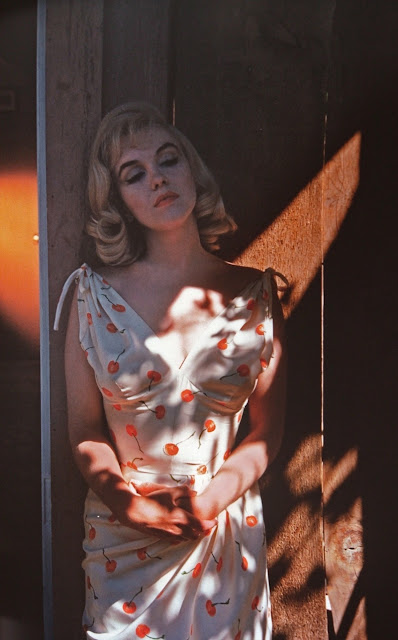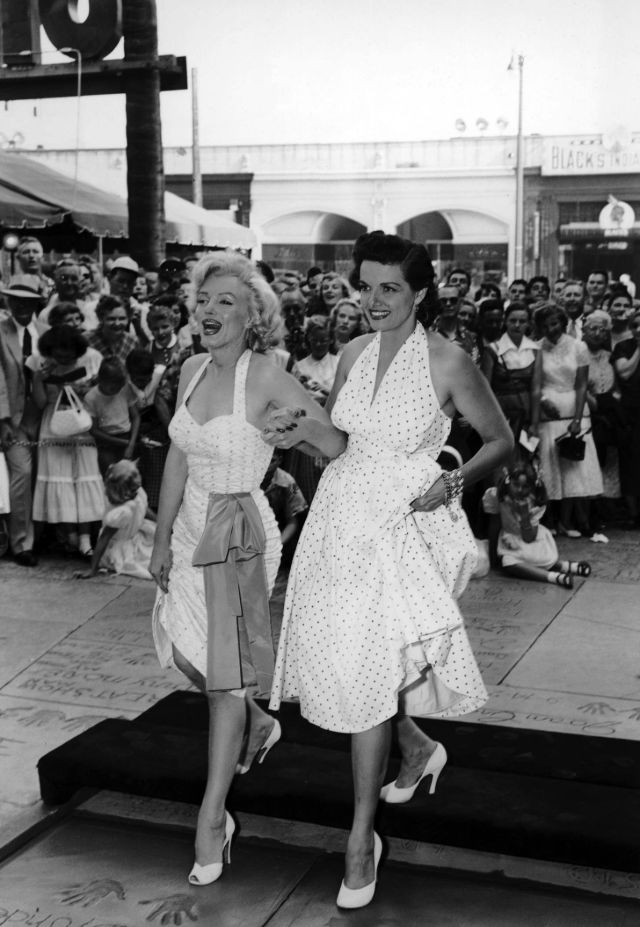A Stitch of Memory: Zlata, Mira, and the Coat That Survived the Holocaust
In the winter of 1942, inside the brutal walls of the Minsk Ghetto, a mother’s love defied the machinery of erasure. Her name was Zlata, and in her hands, survival became both a craft and a prayer. She owned nothing but scraps of clothing, a fragile sense of hope, and her six-year-old daughter, Mira. Yet, with nothing more than needle, thread, and instinct, she performed one of the most profound acts of defiance: she sewed Mira’s birth certificate into the lining of a coat.
It was a fragile shield — paper hidden in fabric — but it was more than a safeguard. It was a declaration. A refusal to let memory vanish. A vow to resist the Holocaust’s machinery of obliteration, which sought not only to annihilate lives but also to erase names, dates, identities, and existence itself.
The Minsk Ghetto: Where Life Hung by a Thread
The Minsk Ghetto was one of the largest in the Soviet territories under Nazi occupation. Tens of thousands of Jews were confined there, subjected to starvation, disease, forced labor, and the looming terror of deportations to death camps. For mothers like Zlata, each dawn was a calculation — how to feed a child, how to hide a child, how to give a child a sliver of a future in a place designed for extermination.
Every day carried whispers of mass shootings in nearby forests, rumors of transports to camps from which no one returned. And yet, amid this abyss, Zlata clung to a mother’s instinct: protect the child.
She looked at little Mira — her hair golden in the thin winter light, her small hands curled into her coat sleeves — and she knew the only weapon she had was memory itself.
The Birth Certificate: A Testament Against Oblivion
In the chaos of Nazi rule, documents were paradoxical. For Jews, papers could condemn. They marked identities, faiths, and fates. But for Zlata, Mira’s birth certificate was not a liability — it was life itself.
By sewing it into the lining of a ragged coat, she transformed a fragile sheet of paper into a lifeline. She was saying: If we perish, this will remain. If we vanish, this will whisper that we lived.
It was an act of courage wrapped in simplicity, a form of quiet resistance that Holocaust historians now recognize as deeply human: the determination to leave behind proof.
The Escape: “Prove We Lived”
When the SS stormed the ghetto, destruction erupted in waves of fire and screams. That night, as soldiers ransacked homes and dragged families into the streets, Zlata acted with a mixture of terror and fierce resolve.
She found a small opening in the ghetto fence — a slit in the wire, barely wide enough for a child. Kneeling in the mud, she pushed Mira through, pressing the coat around her small shoulders.
“Prove we lived,” she whispered.
Those were the last words Mira ever heard from her mother. Hours later, Zlata was murdered, her life claimed by the violence that swept through the ghetto.
A Child Alone, A Farmer’s Shelter
Mira, only six years old, found herself in the darkness beyond the barbed wire. Hungry, terrified, and carrying nothing but the coat with its hidden secret, she stumbled into the countryside. By what survivors often describe as miracles — coincidences that seem impossible to explain — she was taken in by a farmer’s family.
The family risked their own lives to shelter a Jewish child. To be caught hiding her would mean execution. Yet, in their small home, Mira survived the war years. She carried with her both silence and weight: the memory of her mother’s last words, and the coat that contained a story stitched into its seams.
After the War: Bearing the Silence
When the war ended in 1945, Mira was among the few children who emerged from hiding. Like many Holocaust survivors, she bore the mark of silence. She had lost her mother, her family, her community. All that remained was the coat — and the piece of paper crumpled within its lining.
The world moved forward into the postwar years, but Mira’s life was haunted by memory. She carried the coat across decades, worn and frayed, but still holding her identity. She became, in time, not only a survivor but also a witness — one of the dwindling voices able to tell the world what had happened in the ghettos, the forests, the camps.
The Coat at Yad Vashem: From Cloth to Testament
Decades later, Mira made a choice that would turn private grief into public memory. She donated the coat to Yad Vashem, Israel’s official Holocaust memorial and museum.
There, under careful preservation, the coat became more than fabric. It became a relic, a sacred testament. Inside, the folded birth certificate remained legible — Mira. 1942.
Visitors now stand before the display and see more than wool and paper. They see a mother’s last act of love. They see resistance not through weapons, but through a needle and thread. They see how memory can be preserved even when the world conspires to erase it.
Symbolism: Beyond a Document
The hidden birth certificate is more than an artifact of World War II history. It is a symbol of maternal love, of courage that persists even in the face of annihilation. It represents the human instinct to resist genocide by preserving memory, to say: We were here. We lived. You cannot erase us.
Holocaust survivor stories often carry this duality — horror and hope, destruction and defiance. But Zlata’s act resonates with particular clarity because it captures the essence of remembrance. A mother ensured that her child’s name would endure. A child, in turn, carried that legacy through survival.
Legacy: Teaching the World to Remember
Today, in an age where Holocaust denial spreads and history is too often forgotten, the coat stands as silent proof. It speaks to schoolchildren, historians, and visitors who file through Yad Vashem’s galleries.
It is part of the Holocaust memorial that refuses to let memory fade. It is a reminder that Holocaust remembrance is not only about mourning the dead but about honoring the choices of the living — the bravery, the love, and the humanity that endured even in the darkest hours.
For educators, activists, and descendants, Zlata’s act becomes a teaching moment. It invites us to reflect not just on atrocity, but on resilience. Not just on genocide history, but on the unbreakable resilience of the human spirit.
Conclusion: A Name That Endured
In the end, the coat and its hidden certificate ensured that Zlata and Mira were never erased. The Holocaust sought to obliterate identities, but a mother’s stitch defeated oblivion.
When visitors read the name Mira on that crumpled paper, they are not simply reading a birth certificate. They are reading a declaration of survival.
“Prove we lived.”
Those words, whispered in the dark of the ghetto, now echo across decades, across continents, into classrooms, memorials, and the hearts of all who seek to remember.
Through one fragile stitch, Zlata defied an empire of death. Through one small name, the world is reminded that even in genocide, love and memory endure.







